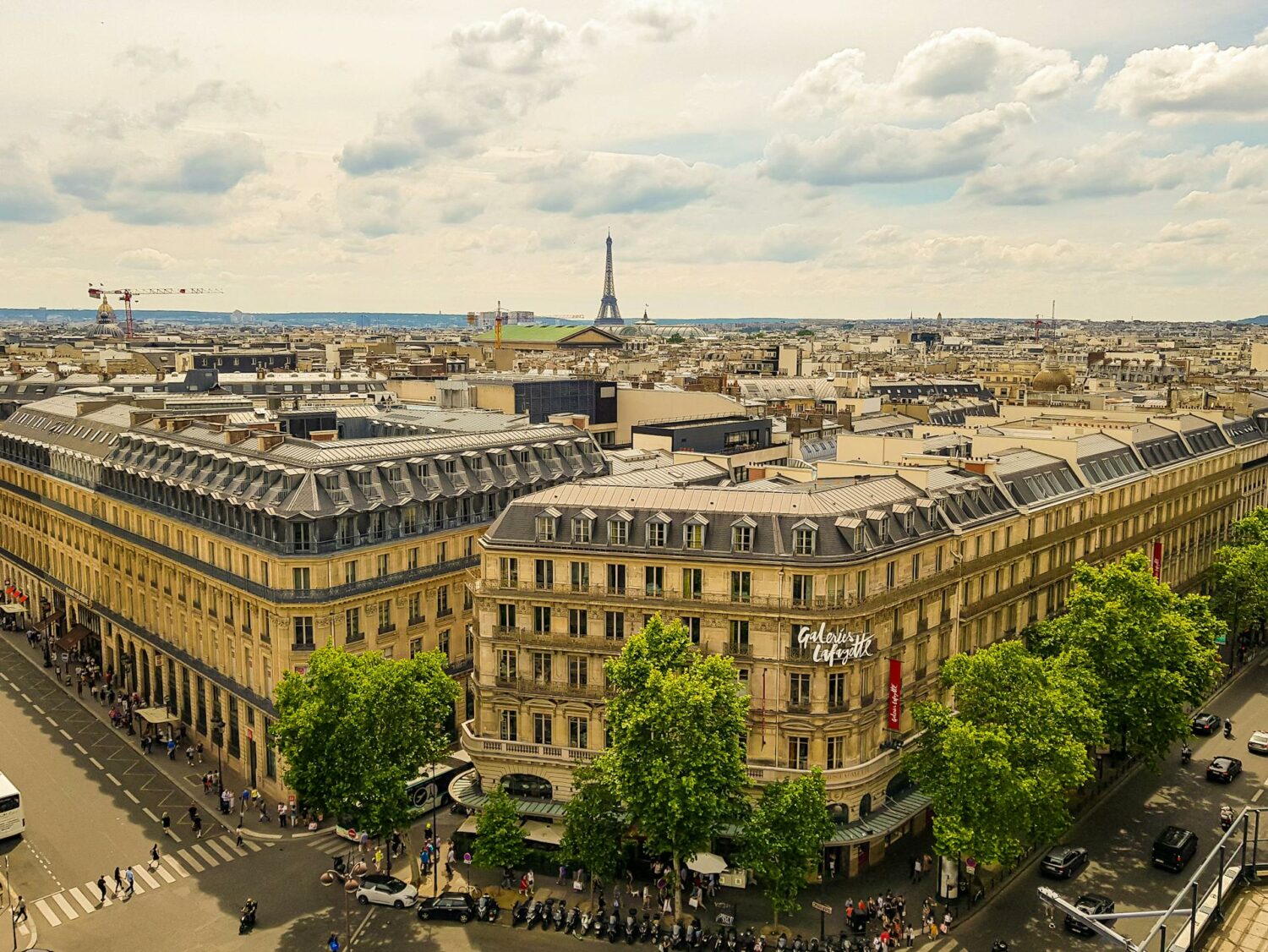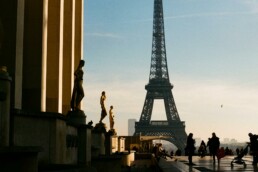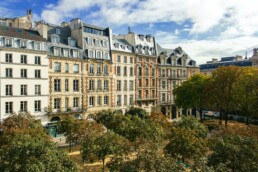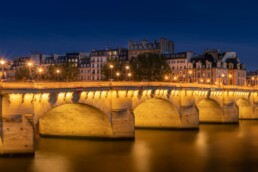At the mention of Baron Haussmann’s name, an entire era of transformations and upheavals springs to mind, a time when Paris, like a chrysalis, metamorphosed under the impetus of a visionary and controversial man. Born in 1809, Georges Eugène Haussmann left an indelible mark on the French capital, redefining its visage for centuries to come.
It was under the Second Empire, at the behest of Napoleon III, that Haussmann undertook the titanic task of modernizing Paris. The city, then still largely medieval, dark and unsanitary, was to become a reflection of imperial grandeur. Haussmann, with his determination and methodical spirit, threw himself body and soul into this enterprise of unprecedented scale.
I remember the stories my teacher used to tell, evoking with a mix of admiration and perplexity this extraordinary character. The vast avenues, the straight boulevards, the majestic parks, all were born under Haussmann’s impetus. One had to imagine Paris as a blank canvas, ready to be sculpted by the genius of urbanism.
The Haussmannian works revolutionized the Parisian landscape. Entire neighborhoods were razed to make way for broad arteries, facilitating circulation and the city’s ventilation. Boulevard Saint-Michel, Avenue de l’Opéra, the Champs-Élysées, names that resonate today as symbols of Paris. The Haussmannian buildings, with their stone facades, wrought-iron balconies, have become the emblem of this transformation. Each architectural detail, each ornament, bears the mark of a desire for grandeur and harmony.
But this modernization was not without controversy. Massive expropriations, the destruction of old neighborhoods, sparked anger and resistance among Parisians. Haussmann himself became a controversial figure, adored by some, reviled by others. Nonetheless, his name remains forever associated with the rebirth of Paris, this vision of an open, airy city where the monumental blends with the intimate.
When I stroll along the grand boulevards, my gaze drawn to the pure lines of the buildings, a gentle melancholy envelops me. I think of all those disrupted lives, those stories erased by the inexorable march of progress. Each street, each square, is an open book, an invitation to plunge into Paris’s tumultuous history.
The parks and gardens created by Haussmann, like the Bois de Boulogne and Parc Monceau, offer havens of peace and greenery in the heart of the city. It is there, at the turn of a shaded alley, that one can still perceive the echo of the footsteps of yesteryear’s strollers, the soft murmur of conversations under the century-old trees.
Thus, the work of Baron Haussmann is not merely that of an urban planner, but of a visionary who knew how to redraw Paris, to breathe new life into it. It is a story of grandeur and controversies, of audacity and melancholy, a testament to the ambition of a man and an era. Haussmann left an indelible mark, an urban canvas where dreams of modernity and memories of a bygone past intermingle.

Lire également :
5 November 2024
The History of the Trocadéro: A Parisian Memory
5 November 2024
The History of the Bois de Boulogne: A Parisian Reminiscence
5 November 2024
The History of Place Dauphine: A Parisian Evocation
5 November 2024







